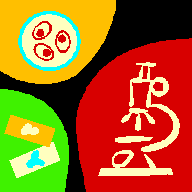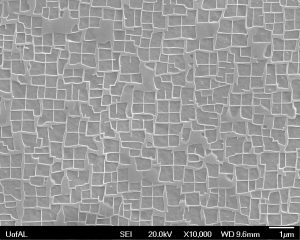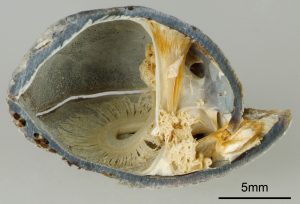Our 3D services started back in November 2012 where we made 3D printing available to the entire UA community. We had one Bits from Bytes 3D Touch Printer. I think we got more use out of that 3D Touch Printer than it was ever designed for! Students and faculty quickly started to fabricate 3D parts for scholarly work and classroom projects. We have seen so many exciting projects from art sculpture to robot parts to laboratory equipment.
Since 2012, we have gone through multiple 3D printers, have trained hundreds of users, and have successfully 3D printed thousands of parts. After the 3D Touch, we purchased a couple of MakerBots, and then two 3D Systems Cube Pros. We quickly outgrew the aforementioned hobbyist level 3D Printers and are now running two professional Stratasys uPrint SE 3D printers. About a year ago, we added a NextEngine 3D scanner and by early next year we will have two 3D stereoscopy workstations to further advance our 3D operations and services for the UA community. A huge thanks to our administration, Rodgers Staff, College of Engineering, and all of our users across campus for making our 3D Studio such a success.
Interestingly, while our 3D printers and training courses have evolved rapidly since our debut in late 2012, our core mission for 3D services has never changed. Rodgers Library 3D services are a self-service operation. We provide the tools and training, and then you do the 3D printing.
We are very proud of the scholarship that has been created across campus using the Rodgers Library 3D Studio. One of the areas that we have been focused on in Rodgers Library is 3D printing molecular structures. Over the past several years, we have had the pleasure of collaborating with numerous researchers on and off campus to help advance molecular visualization with 3D printed molecules, extended solids, and polymeric structures. Check out some of our work below (all open access too!):
Scalfani, V. F.; Williams, A. J.; Tkachenko, V.; Karapetyan, K.; Pshenichnov, A.; Hanson, R. M.; Liddie, J. M.; Bara, J. E. Programmatic conversion of crystal structures into 3D printable files using Jmol. Journal of Cheminformatics 2016, 8, 66. DOI: 10.1186/s13321-016-0181-z
Scalfani, V. F.; Turner, C. H.; Rupar, P. A.; Jenkins, A. H.; Bara, J. E. 3D Printed Block Copolymer Nanostructures. Journal of Chemical Education 2015, 92, 1866-1870. DOI: 10.1021/acs.jchemed.5b00375
Scalfani, V. F.; Vaid, T. P. 3D Printed Molecules and Extended Solid Models for Teaching Symmetry and Point Groups. Journal of Chemical Education 2014, 91, 1174-1180. DOI: 10.1021/ed400887t
If you have not visited our 3D Studio in Rodgers Library, I highly encourage you to do so! You can take a short training course with one of our staff members and then immediately get started fabricating 3D parts independently. Check out our Standard Operating Procedures here for more information:
http://guides.lib.ua.edu/makerspaces







